Sri Lanka’s plan to phase out para-tariffs has been cast into doubt by its own revenue projections, according to economic think tank Arutha Research, which warned that the 2026 Budget sends “mixed signals” on one of the government’s key export growth reforms.
While the Budget reiterates President Anura Kumara Dissanayake’s commitment to removing para-tariffs in line with the national tariff policy, Arutha noted that medium-term revenue forecasts tell a different story.
Collections from the Ports and Airports Development Levy (PAL), Special Commodity Levy (SCL), and import CESS are projected to rise through 2028, meaning para-tariffs will continue to represent nearly two-thirds of taxes collected from international trade.
“If revenue from PAL, CESS and SCL is expected to grow every year until 2028, it signals a clear mismatch between the policy announcement and the numbers underpinning the Budget,” Arutha said.
The think tank added that this inconsistency undermines confidence among exporters, who say para-tariffs stifle competitiveness and block diversification.
Arutha also linked the debate to the government’s decision to reduce the VAT registration threshold to Rs 36 million, saying a genuine phase-out of para-tariffs could help small and medium enterprises manage rising costs.
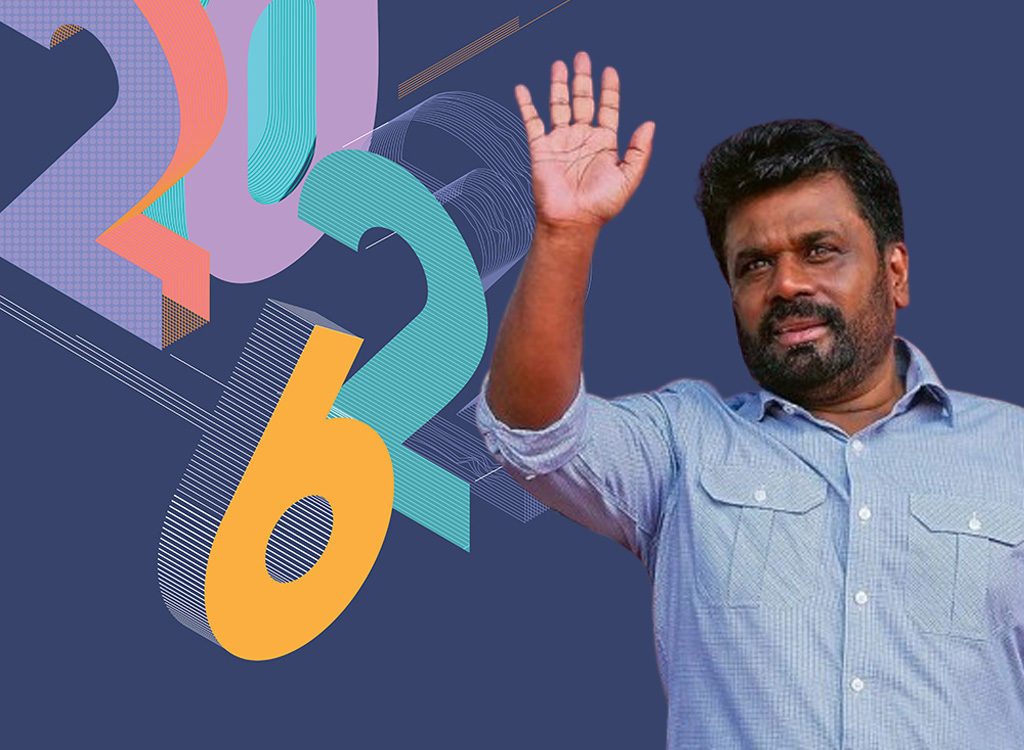


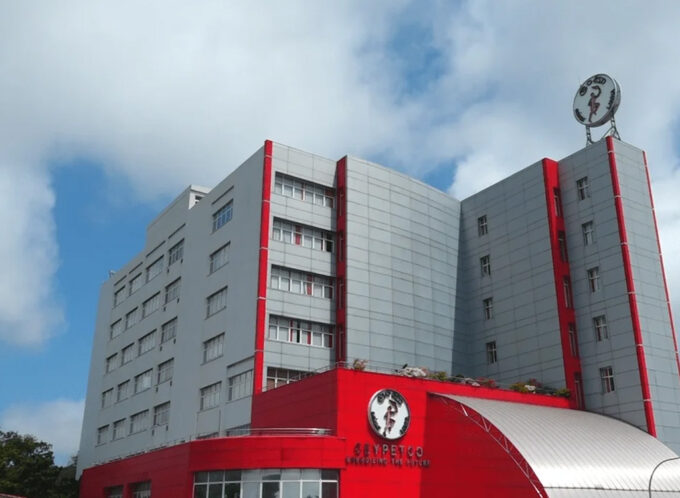
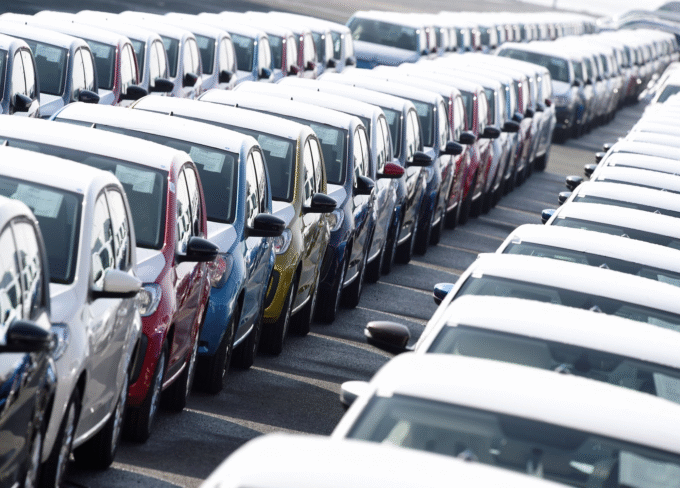
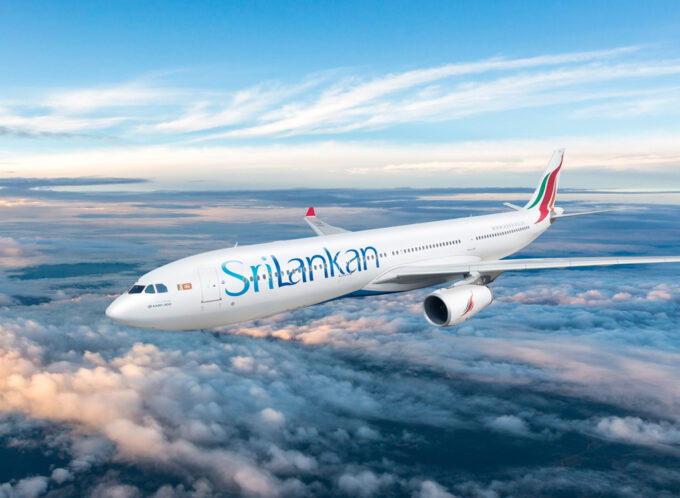

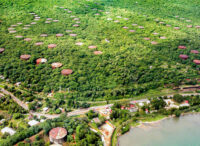
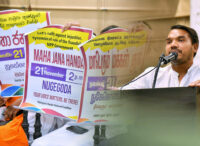
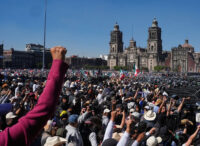
Leave a comment